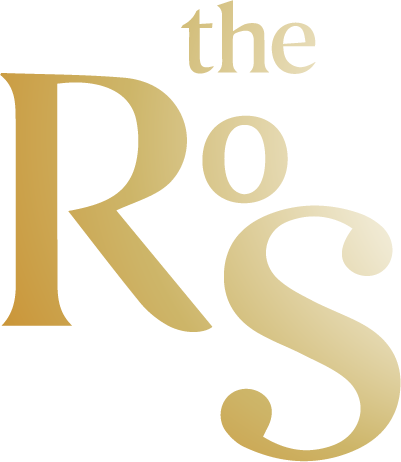THE “NEW NORMAL” OF THE DAIRY INDUSTRY
The dairy sector is going through a period of great change: Covid, increased energy costs and geopolitical conflicts have generated significant impact on all stages of the supply chain and led to new questions for operators.
These changes have been particularly substantial in dairy supply chains and companies, where shareholders and management have not always been able to understand their relevance, effects and above all to evaluate their duration.
We have undoubtedly entered a new cycle for the dairy sector: significantly different from the previous one and which we can define as a «new normal» for Dairy.
One of the key aspects of this change is related to the dynamics of farm milk production and the imbalance between milk production and demand. For decades, dairy processors have operated in a context of surplus: beyond a few well-defined price volatility cycles, the availability of milk and other commodities such as cream and butter has not been a major concern. But something has changed in the last 24 months and the effects, have in some cases, been highly relevant and have generated, and are still generating, important tensions between operators in organized supply chains.
Let’s see what happened and try to understand how the strategic path should take this change of context into account.
The context.
In 2021, world milk production grew by 2.1% compared to 2020, but the signs of a rise in milk prices were already emerging together with the dynamics of farm production costs:
- World milk prices: +23.4%; +8.5 USD/100kg
- World feed prices: +39.3%; +8.7 USD/100kg
- Milk production: + 2.1%; + 20 mil ton ME vs AVG 2010-2020 + 2.3%
- Trade in dairy products: +1.3%; +1.3 mil t ME vs AVG 2015-2020 1.8 mil ton ME
However, milk production growth in 2021 was not homogeneous: in the European Union the rate was -0.3% while in the USA it was +1.3% and in India it was +7.0%, for example.
Also in 2021, global milk consumption was growing for several reasons:
- the effect of lockdown with higher domestic consumption
- support for milk and dairy product consumption: promoted by some government policies and a better image of well-being linked to the consumption of dairy products especially in China.
If this was the context of the dairy market in 2021, 2022 saw instead global production going into negative territory by 0.70% with over 2.2 million fewer tons available:
- High production costs,
- unfavourable climate,
- workforce availability,
- increasingly stringent environmental and animal welfare regulations
have weighed on the mood and spirit of farmers all over the world, generating a drop in production.
Once again, the decline was not homogeneous: more marked in the EU, AUS and NZL.
A new cycle with new rules.
Although the prices of milk and derivatives reached record levels in 2022, there is still no significant growth in farm-gate milk production.
Normally, following a period of high milk prices, the production of most commodities, albeit with a certain delay, would significantly increase leading to a consequent price reduction.
In the “new dairy normal”, this is not happening: for at least 14 months in many key producing countries, production has not increased and prices continue to remain very high.
In Europe, these dynamics of imbalance between production and demand have been more significant and a “battle” is underway to grab the milk produced by farmers in order to avoid losing market opportunities and interrupt growth paths.
Dairy processors therefore found themselves, and still find themselves, operating in a context of scarce availability of milk and derivatives.
Many believed that this new condition would be temporary but it is not. High purchase prices, but also and above all uncertainty about the availability of the historic volumes of milk available, have characterized recent supply chain relationships.
Many operators were not prepared for this scenario.

What to do in this situation?
The first important thing is to equip yourself with new tools to analyse the market environment, especially if this has changed from a situation of surplus to one of scarcity.
Companies must secure their historical supply chains and this necessarily involves building renewed supply chain relationships with milk producers centred on common values.
The theme of sustainable development and growth could be a guiding idea on which to improve the supply chain relationships between processors and milk producers.
Economic, environmental and social sustainability represent the topics on which to share a strategic path of growth and development for operators in the dairy chain.
This takes time, consistent tone of voice, listening skills and effective communication.
Working together on an articulated and integrated plan of actions:
- aggregates and retains the operators of the supply chain,
- strengthens historical supply relationships and allows to build new ones.
Business Advisor


